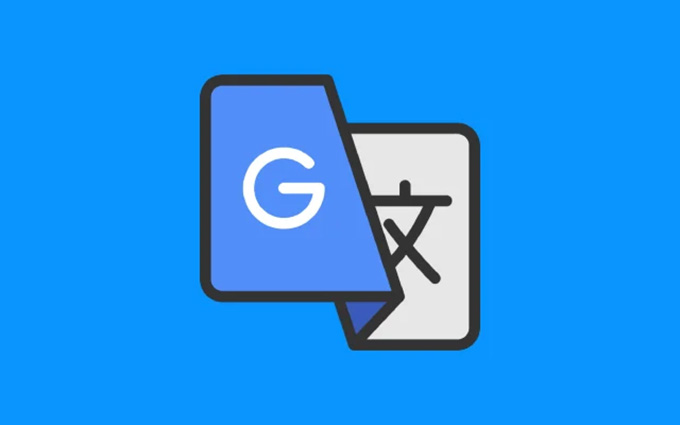
In today’s classrooms, tools such as machine translation ( MT) technology have become a key resource for language learners. They help students translate words or texts or complete writing assignments quickly and easily.
While these tools are helpful, it is important to understand how automatic translation technology is used and what impact it can have on learning, especially for those who are building language skills.
A 2024 research article reported how lower-level English learners used MT, namely Google Translate (GT), to help with reading and writing tasks.
The study found that while GT can be useful, it is often used as a shortcut rather than a learning aid. Many learners rely on GT to translate entire paragraphs or texts rather than trying to write in English first. This leads to “ L2 avoidance ,” which is when students neglect the language practice they need to improve their skills.
This avoidance can interfere with language learning and result in shallow understanding, even though students seem to continue working on tasks in the second language. Factors that can cause L2 avoidance include lack of vocabulary or grammar knowledge, time constraints, and convenience.
Convenience that has the potential to trap
For students who have difficulty with vocabulary or grammar, GT can indeed increase self-confidence and be a tool to help manage difficult tasks. One of the research participants who is an undergraduate student majoring in English said,
“GT has been a great help to me. When I find difficult words that I don’t understand in a text, I just type them into GT, and I get the translation instantly.”
However, the study also highlights the downside of this technology. When students rely too heavily on GT, there is a chance that they will not fully engage with the language they are learning. Students who are less confident, in particular, may avoid taking risks and rely on GT. This reliance can result in students completing assignments without actually learning the material. Instead of practicing and developing their language skills, they tend to focus more on completing assignments as quickly as possible.
Looking for the right balance
The key to making the most of technology like GT lies in how it is used in the learning process. Here, educators have a critical role in helping students use MT as a learning support tool, not as the primary method for completing assignments.
For example, teachers can encourage students to write their own drafts, then use GT to check their work. In this way, students can still practice their second language skills while utilizing technology .
Assignments can also be designed to require more active interaction with the second language. Creative writing assignments, peer collaboration, and projects that involve critical thinking can help students move beyond simple translation tasks to work toward a deeper understanding of the language.
One approach that can be taken is to ask students who are not yet proficient enough to write an initial draft in their first language or mother tongue (L1), translate it with GT, then refine it with feedback from peers or teachers. After that, teachers can guide students to reflect on the translation they have done.
In our experience, this method can encourage students to think critically about the language choices they make and how to use GT as a means of improvement, rather than as a tool to quickly get rid of problems.
Forward projection
As automatic translation technology advances, these tools will play an increasingly important role in language education. While advances in artificial intelligence such as ChatGPT can help generate ideas and structure text, MT remains useful when learners need support from their first language (L1) to read or convey their ideas when writing in a second language (L2).
By guiding students to use technology in a balanced way, educators can help them build strong language skills while taking advantage of the convenience offered by tools like GT. This balanced approach will not only improve language proficiency, but also prepare students to navigate an increasingly digital world with confidence.
Technology continues to be integrated into education, so a focus on meaningful language practice will be critical to helping students achieve true proficiency.
Author Bios: Elizabeth Titik Murtisari is Associate Professor at Satya Wacana Christian University and Gary Bonar is a Senior Lecturer, School of Curriculum Teaching & Inclusive Education at Monash University
